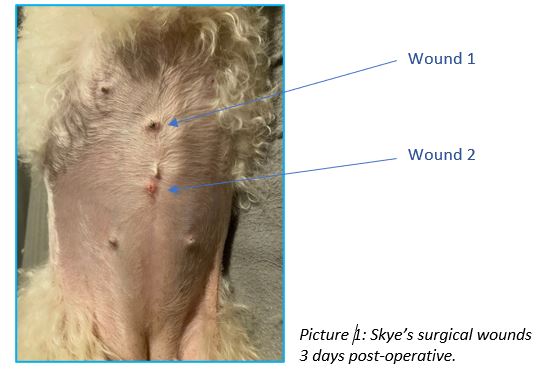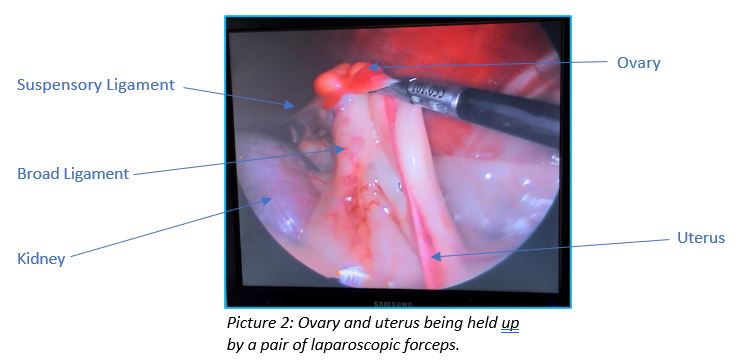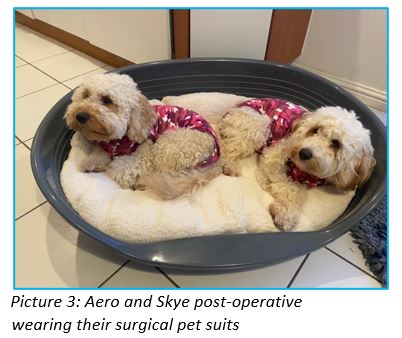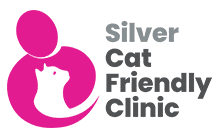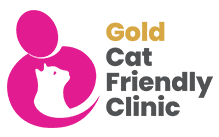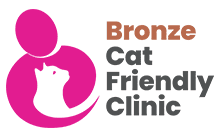Meet the Langs; Nova (mum), Aero (daughter) and Skye (daughter). This adorable trio are patients at the Roundhouse Veterinary Hospital, where they were neutered laparoscopically.
Laparoscopy, also known as keyhole surgery, serves as an alternative means of performing abdominal surgery in dogs and cats. It’s also referred to as a minimally invasive surgery as big abdominal surgery (i.e. neutering) can be performed through much smaller incisions (i.e. 0.5cm).
Nova, Aero and Skye underwent a laparoscopic ovariectomy, meaning their ovaries only where removed in order to neuter them. Studies show that also removing the uterus (i.e. the womb), at time of surgery (i.e. ovariohysterectomy) serves as no benefit to the patient.
Laparoscopic surgery requires the use of specialised surgical equipment, and the surgeon carrying out the surgery needs to have had additional specialist training. The instruments are long (37cm) and thin (0.5cm in diameter). Use of a camera and a HD screen allows clear visualisation of the abdominal anatomy at time of surgery.
There are a number of benefits of laparoscopic ovariectomy over the more traditional and invasive open ovariohysterectomy:
- smaller surgical wounds
- reduced post-operative pain
- reduced risk of post-operative wound complications
- quicker return to normal exercise
- reduced risk of perioperative bleeding
- improved visualisation of the abdominal anatomy
- reduced surgical time.
The laparoscopic service at the Roundhouse Veterinary Hospital has been established since 2015, and is utilised by both internal clients and external referral clients. It a service widely appreciated by clients, with 100% of clients reporting they would use the service again if they had another female dog requiring neutering.
If this is something you would be interested in learning more about for your pet, please do not hesitate to contact us.


